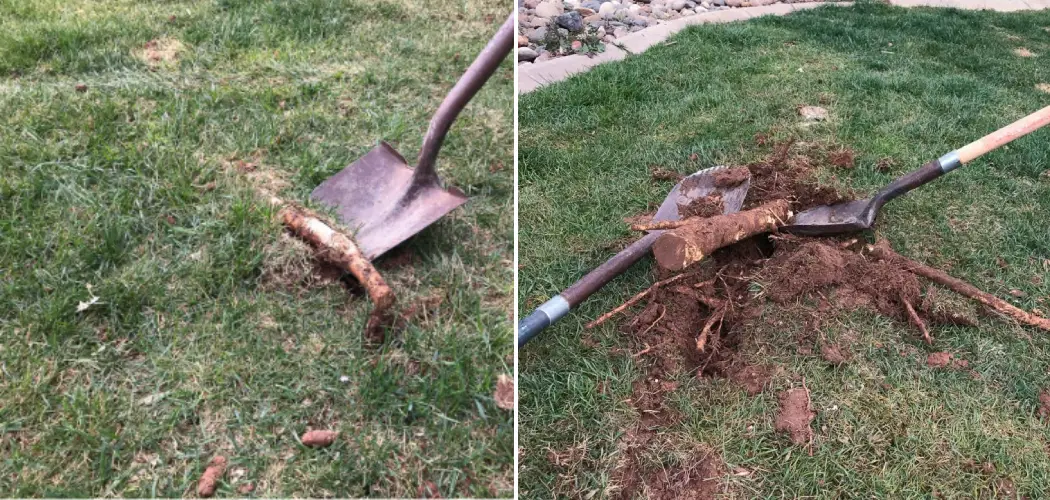If you have trees in your yard, it is likely that the roots will eventually cause some damage. Unfortunately, removing tree roots can be a tricky and laborious process. But don’t let that deter you! With patience and the right approach, yard owners can effectively remove tree roots from beneath their yards – allowing them to restore their space to its former glory.
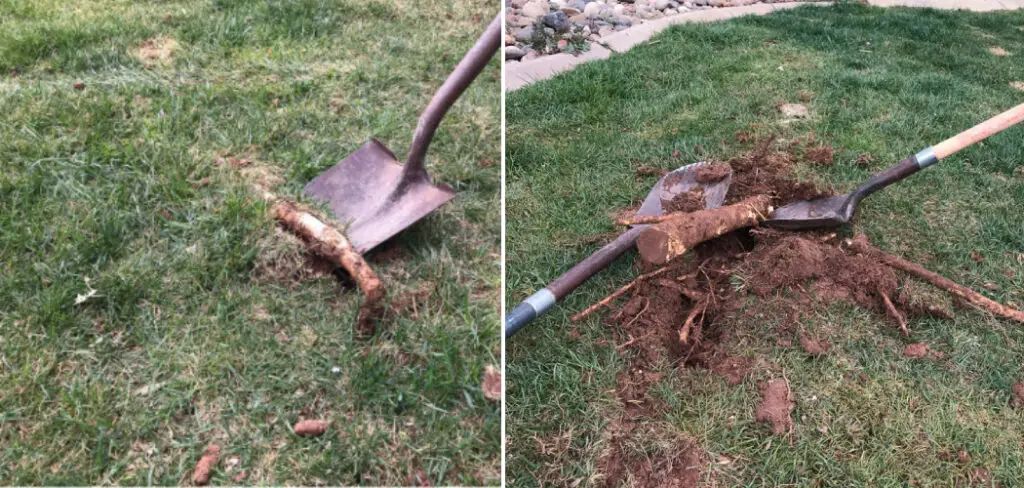
In this blog post, we’ll take a closer look at how to remove roots from yard without disrupting neighboring vegetation or habitats. Read on for tips and tricks on getting rid of unwanted root systems safely and efficiently!
Identifying and Assessing Root Systems
Once the location of the root systems has been determined, it is important to assess them for removal. This assessment should include factors such as size and depth of roots, surrounding structures that may be in danger when removing the roots, and how much soil will need to be removed in order to clear away all of the roots.
It can also be helpful to consider if any chemicals will need to be used in order to get rid of the roots, or if any specialized equipment is necessary for the job. It is important to note that attempting to remove a root system without the proper knowledge and tools can result in serious damage to property and injury to persons involved.
When it comes time for removal, there are many methods available depending on the type of root system being removed. For smaller systems, manual digging and cutting may be necessary. This should take place at least 6 inches away from any structures that could be affected by vibrations from digging.
For larger systems, industrial machinery such as backhoes and excavators may be needed in order to properly reach and clear away all of the roos. In some cases, chemical treatments may be required in order to effectively kill the roots and prevent regrowth.
Tools and Equipment Needed for Root Removal
When removing roots from your yard, it is important to have the right tools and equipment on hand in order to do the job correctly. Having the proper supplies makes the process easier and less time-consuming. Here are some of the items you should consider having:
- Shovel – A shovel is essential for removing large roots. Be sure to select a shovel with a wide blade and a long handle for maximum leverage.
- Pruning Shears – If you need to remove smaller roots, pruning shears are the perfect tool. They can easily cut through small root systems and make removal simpler.
- Tarp – A tarp is helpful for carrying large roots away from the yard. It also prevents soil from spilling out as you move the roots.
- Axe – An axe comes in handy when trying to break large roots apart.
- Weed Killer – This is a great tool for killing any remaining root fragments that you can’t remove by hand.
- Protective Gear – It is important to wear protective gear such as gloves and safety glasses anytime you are using sharp tools or dealing with potentially hazardous chemicals.
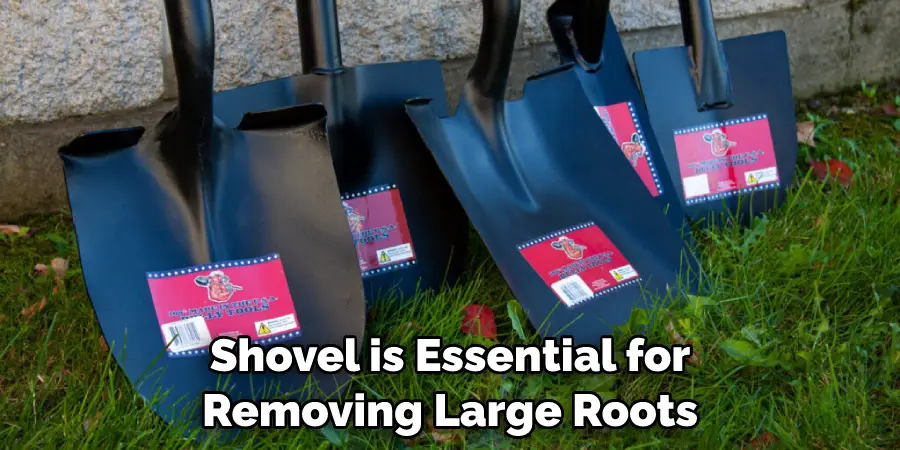
Having the right equipment on hand before beginning your root removal project will ensure that it goes smoothly and efficiently. With the appropriate supplies, you can make quick work of removing roots from your yard.
10 Methods How to Remove Roots from Yard
1. Manual Removal:
One of the simplest methods is to manually remove the roots. Begin by identifying the root system and use a shovel or garden fork to carefully dig around the roots. Once exposed, use pruning shears or a saw to cut the roots into manageable sections.
Gently pull out the sections, ensuring you remove as much of the root system as possible. If you are unable to remove the entire root, use a shovel to dig around and sever any remaining roots.
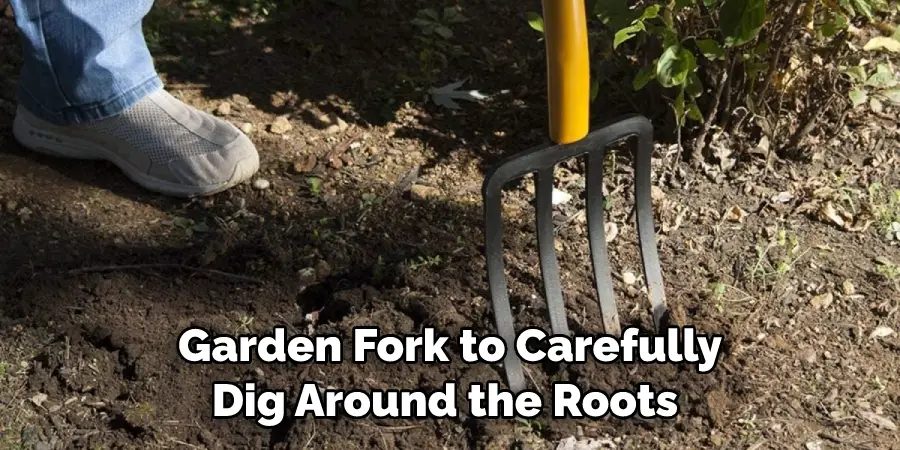
2. Chemical Treatment:
Chemical treatments can effectively kill and decompose roots. Look for a root killer or herbicide containing glyphosate and apply it to the exposed roots according to the manufacturer’s instructions. The chemical will be absorbed by the roots, eventually killing them and facilitating their decay. Be aware that chemical root killers may also kill desirable vegetation, so apply with caution.
If the roots are out of reach and can’t be treated directly, you can try treating the soil around them with a systemic herbicide. This type of herbicide will be absorbed into the roots once it touches the soil, killing them. Once again, always follow the manufacturer’s instructions and take care to avoid damaging other plants in the area.
3. Mechanical Extraction:
For larger root systems that are difficult to remove manually, mechanical extraction can be a viable option. Use heavy machinery like a backhoe or a stump grinder to dig out and remove the roots. This method is more suitable for large-scale root removal projects. Care must be taken to avoid damaging the surrounding landscape.
Make sure to compact and level out the soil after removing roots, to prevent further damage in the future. Be sure to follow all safety precautions when using heavy machinery and make sure you have the necessary permits for any large-scale excavation work.
4. Root Excavation:
If the roots are causing severe damage to your yard, you may need to excavate the affected area. This method involves digging out the soil surrounding the roots to expose them entirely. Once exposed, cut the roots into smaller sections for easier removal. Be cautious when excavating to avoid damaging underground utilities or irrigation systems.
However, this method is not recommended for shallow-rooted trees or those with a shallow root system. After the roots have been cut and removed, fill the excavation area with soil and compact it firmly. This will help to avoid further root growth in the future.
5. Air Spading:
Air spading is a non-invasive method that uses compressed air to excavate soil around roots. This technique safely exposes the roots without causing damage to them or surrounding structures. Once exposed, you can proceed with cutting and removing the roots manually.
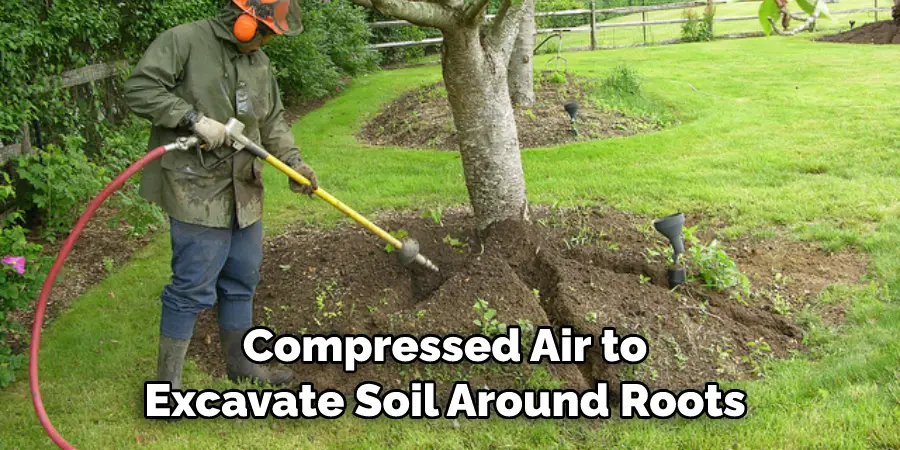
Air spading is usually used for larger trees where mechanical excavation may not be suitable. It requires special equipment that is typically operated by a professional arborist. This method is often used in areas that are sensitive to disturbance, such as near pools, sheds or walls.
6. Root Barrier Installation:
To prevent further root intrusion into specific areas of your yard, consider installing a root barrier. These barriers are typically made of durable materials like plastic or metal and are placed underground to redirect root growth away from sensitive areas, such as foundations, sidewalks, or underground pipes.
In addition to redirecting the roots, root barriers can also help reduce surface compaction in your yard. The type of barrier you choose will depend on the layout of your yard and the size of tree roots you’re dealing with.
7. Trenching:
Trenching involves digging a trench around the root system to cut and remove the roots. Start by outlining the area where you want to remove the roots and carefully dig a trench around it. Once the trench is complete, use pruning shears or a saw to cut the exposed roots. Finally, remove the cut sections of the roots from the trench.
8. Chemical Stump Removal:
If the roots are connected to a stump, you can opt for chemical stump removal. Drill several holes into the stump and fill them with a stump removal chemical. The chemical will accelerate the decay process, making it easier to remove the stump and associated roots.
After the chemical has been applied, wait for several weeks before attempting to remove the stump and roots.
You may need tools such as a shovel or pickaxe to help remove the stump and its roots. Be sure to wear protective gear when handling any chemical, as they can be dangerous if not treated with caution.
9. Professional Root Removal Services:
In complex cases or when dealing with large trees, it may be best to hire professional root removal services. These experts have the necessary equipment, experience, and knowledge to safely remove roots while minimizing potential damage to your yard.
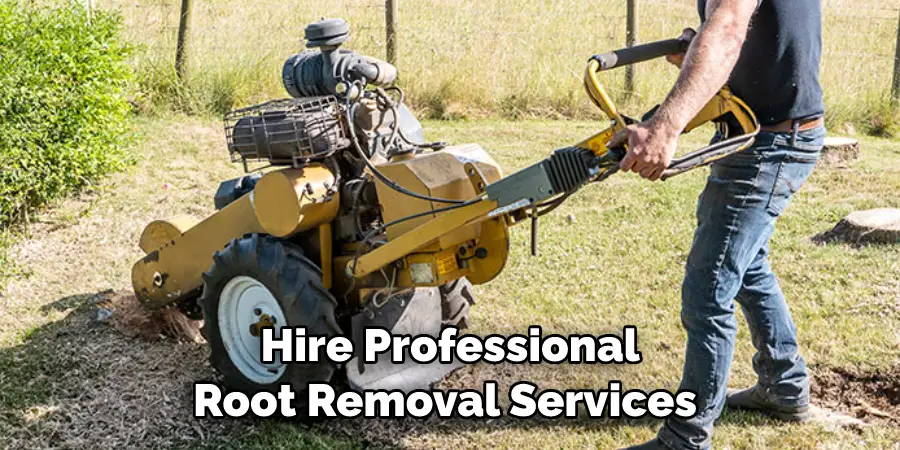
10. Tree Transplantation:
In cases where you want to remove roots without completely eliminating the tree, tree transplantation is an excellent option. This method involves carefully digging out the tree, along with its root ball, and relocating it to a different area of your yard or a different property altogether. It requires expertise and should be done by experienced arborists.
Safety Precautions to Consider
When removing roots from your yard, it is important to consider safety precautions. Make sure that you wear protective clothing such as gloves, safety goggles and a face mask, as well as sturdy boots or shoes.
It’s also important to use the right tools for the job—for example, avoid using gardening tools like shovels and hoes to try to dig up larger roots, since they may not be strong enough. Instead, opt for an axe or saw depending on how large the root is.
Finally, be aware of any underground wires, pipes and cables before attempting to remove any roots. If in doubt about where these are located beneath the ground surface in your yard, call a professional plumber or electrician to help you identify them.
Doing so will help you prevent the risk of electric shock or water damage to your property. Following these safety precautions will ensure that you can remove roots from your yard in a safe and efficient manner.
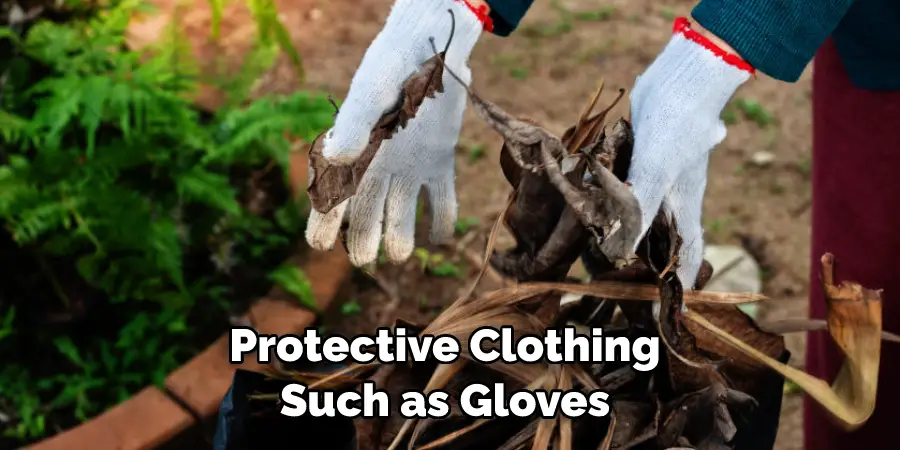
Some Common Mistakes to Avoid
1. Not Cutting Out the Entire Root System:
While it may seem like cutting out one root is enough, failure to remove all of the roots can cause the root system to continue growing. Not all roots are visible on the surface, so it is important to use an edger or power saw to ensure you get everything.
2. Trying to Dig Out Roots Without The Right Tools:
Using the wrong tools can make it impossible to dig out the roots properly and completely. Using a shovel alone can be insufficient and leave some of the deeper roots behind. For best results, it is recommended that you invest in an appropriate spade for digging up difficult roots.
3. Skipping Weed Control:
Before removing any roots, it is important to apply weed control products such as herbicides or pre-emergent weed control treatments. Failing to do this could result in the regrowth of the roots which will require more effort to remove later.
4. Neglecting To Aerate The Soil:
Once the root system has been removed, it is important to aerate the soil and ensure that it is adequately drained. Failing to do this can lead to waterlogged soils which can cause problems for new plantings. If necessary, it may be helpful to invest in a garden fork or rototiller to help with aerating the soil.
5. Not Disposing of Roots Properly:
Finally, it’s important not to simply dump roots into your yard or garden after removal. This could result in regrowth of unwanted roots in other areas of your property. Instead, discard them properly by taking them off-site or trying composting instead.
By following these tips, you can ensure that your root removal job is done properly and with minimal fuss. With the right tools and preparation, you’ll be able to remove roots from your yard with ease.
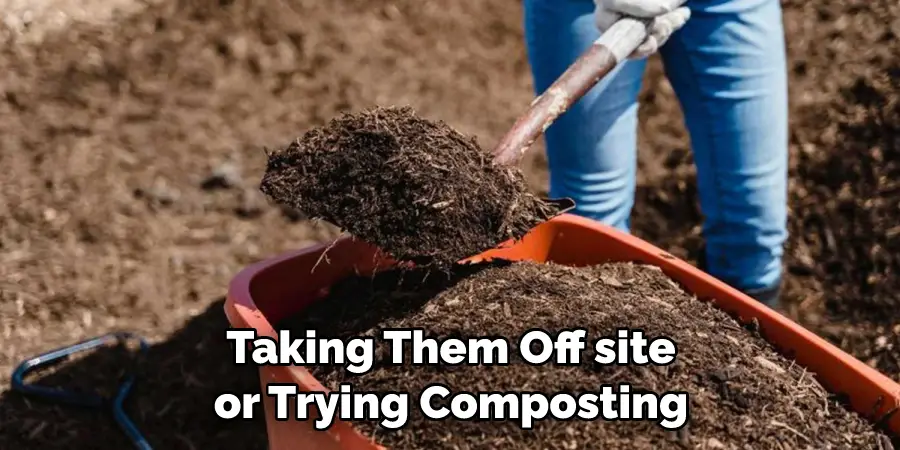
Conclusion
After following these steps and properly preparing your soil, the process of removing roots from your yard can be a successful one. Be sure you have all the materials and tools necessary for the task and take care to use extreme caution to prevent damaging existing vegetation or structures.
Once you’ve removed the root system, keep an eye on the area and fill in any gaps with fresh soil if needed. While it may seem daunting at first, with some patience and knowledge of how to remove roots from yard, you’ll be able to make a marked improvement in its overall appearance.
Don’t forget to check local regulations for specific rules about tree and plant removal – they may help guide your decision-making process. Whether you are tackling this job yourself or hiring a professional, now that you know how to remove roots from your yard, take action today so that you can enjoy a healthier lawn tomorrow!

